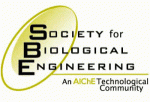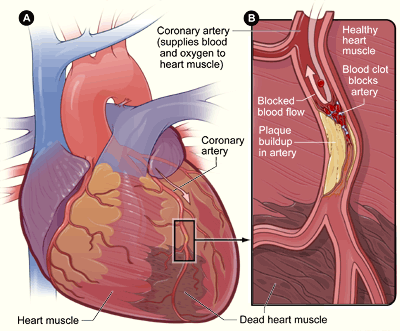
Written by: William H. Marks
Researchers at the Cedars-Sinai Heart Institute in Los Angeles just peeled back some of the mystery shrouding the heart to prove the potential for stem cell use in repairing heart tissue after heart attacks. The small-scale randomized phase-one trial, called Cardiosphere-Derived Autologous Stem Cells to Reverse Ventricular Dysfunction (CADUCEUS), followed 31 patients who had recently had a myocardial infarction for more than two years.

Both randomized groups had their cardiac tissue extensively imaged, with measurements on scar tissue and muscle mass chief among the areas of interest, along with potential for serious adverse effects following treatment. The control group received standard of care treatment, while the test group received treatment with cardiosphere-derived cells (CDCs). In this treatment, a small, raisin-sized biopsy was taken and stem cells were grown from the tissue in the lab. These cells were then injected back into the site of the scar tissue in the patient's heart. After six months of observation, the scar tissue had noticeably been replaced by new cardiac tissue and the mass of muscle seemed to be largely replaced.
The trial, led by a team of physicians, including Raj R. Makkar, MD, of Cedars-Sinai and doctors from the EMMES Corporation in Rockville, MD, and The Johns Hopkins University, also found regional systolic wall thickening and increases in regional contractility. By contrast, four (24%) of those receiving the CDC treatment suffered adverse events compared with one in the control group (13%), but the investigators are recommending this study continue to phase two trials with further studies on the regeneration, contractilitym and increase in viable myocardium. The study has not shown significant improvements in contractility following the treatment, but it looks like there is great potential here for repairing broken, or at least damaged, hearts.


